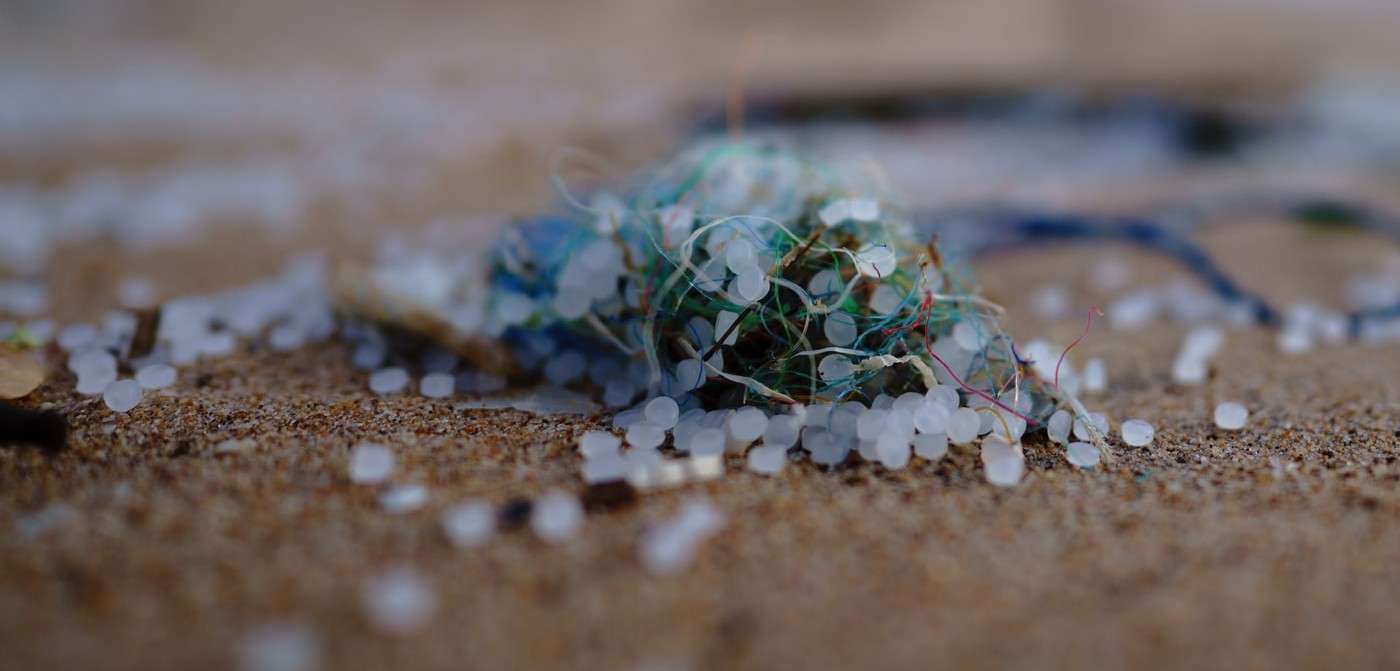Government Saves Rare Old-Growth Trees From Further Logging on 10,000 Sq-Miles of BC Forest
Moving towards a protective attitude of its forests, B.C. has issued an immediate moratorium on 10,000 sq-miles of old growth forest.

Filtering microplastics from polluted water using acoustic waves is the new solution to cleaning up our oceans, according to new research.
Microplastics are released into the environment as cosmetics, clothing, industrial processes, and plastic products like packaging, break down naturally.
The plastic pollutants then make their way into rivers and oceans, endangering marine life.
Filtering and removing these particles from water is a difficult and timely task, but using acoustic waves may provide a solution to this impenetrable task.
Dr Dhany Arifianto from the Institut Teknologi Sepuluh Nopember in Surabaya, Indonesia, created a filtration prototype using acoustic waves and presented his method and its data at the Meeting of the 181st Acoustical Society of America in Seattle, designed to showcase the latest research about the science of sound.
Dr Arifianto and his team used two speakers to create the acoustic waves and the force produced was able to separate the microplastics from the water by creating pressure on a tube of inflowing water.
As the tube split into three channels, the microplastic particles are pressed towards the center as the clean water flows towards the two outer channels on either side.
The prototyped device cleaned a staggering 150 litres of polluted water per hour and was tested filtering three different microplastics.
Each plastic was filtered with different efficiency, but all were above 56 percent efficient in pure water and a further 59 percent efficient in seawater.
The team measured different variables against their efficiency and found that acoustic frequency, speaker-to-pipe distance, and water density all affected the amount of force generated.
Microplastics are released into the environment as cosmetics, clothing, industrial processes, and plastic products like packaging, break down naturally.
The plastic pollutants then make their way into rivers and oceans, endangering marine life.
Filtering and removing these particles from water is a difficult and timely task, but using acoustic waves may provide a solution to this impenetrable task.
Dr Dhany Arifianto from the Institut Teknologi Sepuluh Nopember in Surabaya, Indonesia, created a filtration prototype using acoustic waves and presented his method and its data at the Meeting of the 181st Acoustical Society of America in Seattle, designed to showcase the latest research about the science of sound.
Dr Arifianto and his team used two speakers to create the acoustic waves and the force produced was able to separate the microplastics from the water by creating pressure on a tube of inflowing water.
As the tube split into three channels, the microplastic particles are pressed towards the center as the clean water flows towards the two outer channels on either side.
The prototyped device cleaned a staggering 150 litres of polluted water per hour and was tested filtering three different microplastics.
Each plastic was filtered with different efficiency, but all were above 56 percent efficient in pure water and a further 59 percent efficient in seawater.
The team measured different variables against their efficiency and found that acoustic frequency, speaker-to-pipe distance, and water density all affected the amount of force generated.
The group is now studying how acoustic waves may impact marine life if the wave frequency is in the audible range.
HELP Innovative News Resonate and Share It Far and Wide…
Be the first to comment